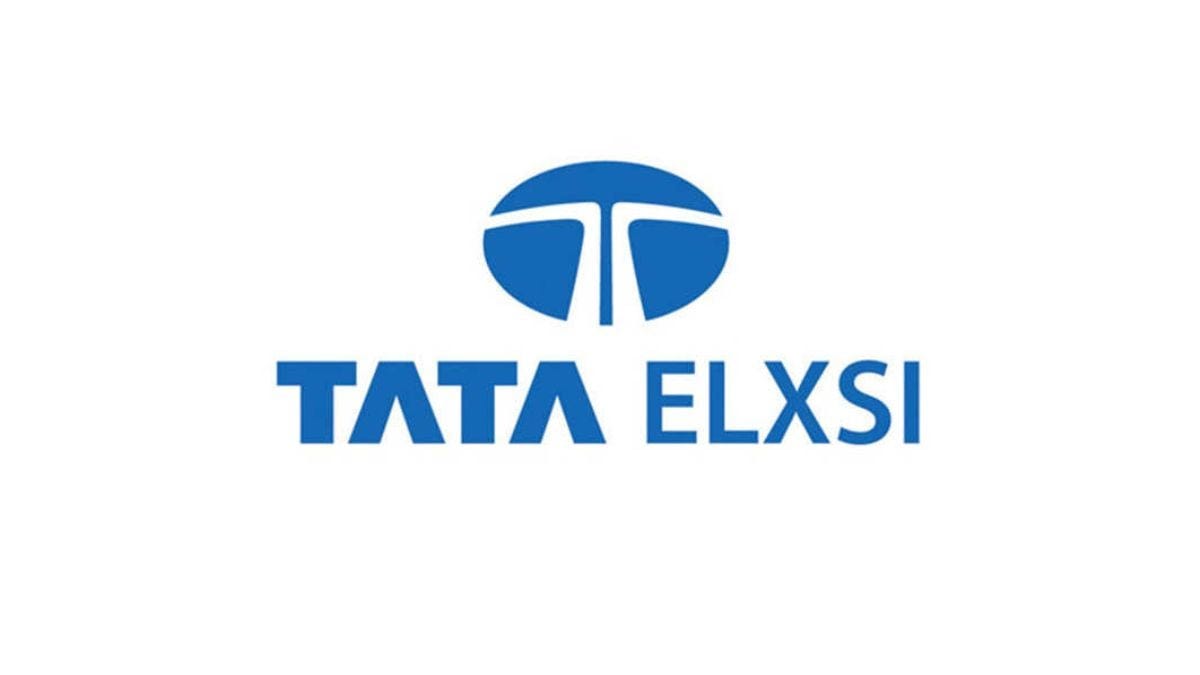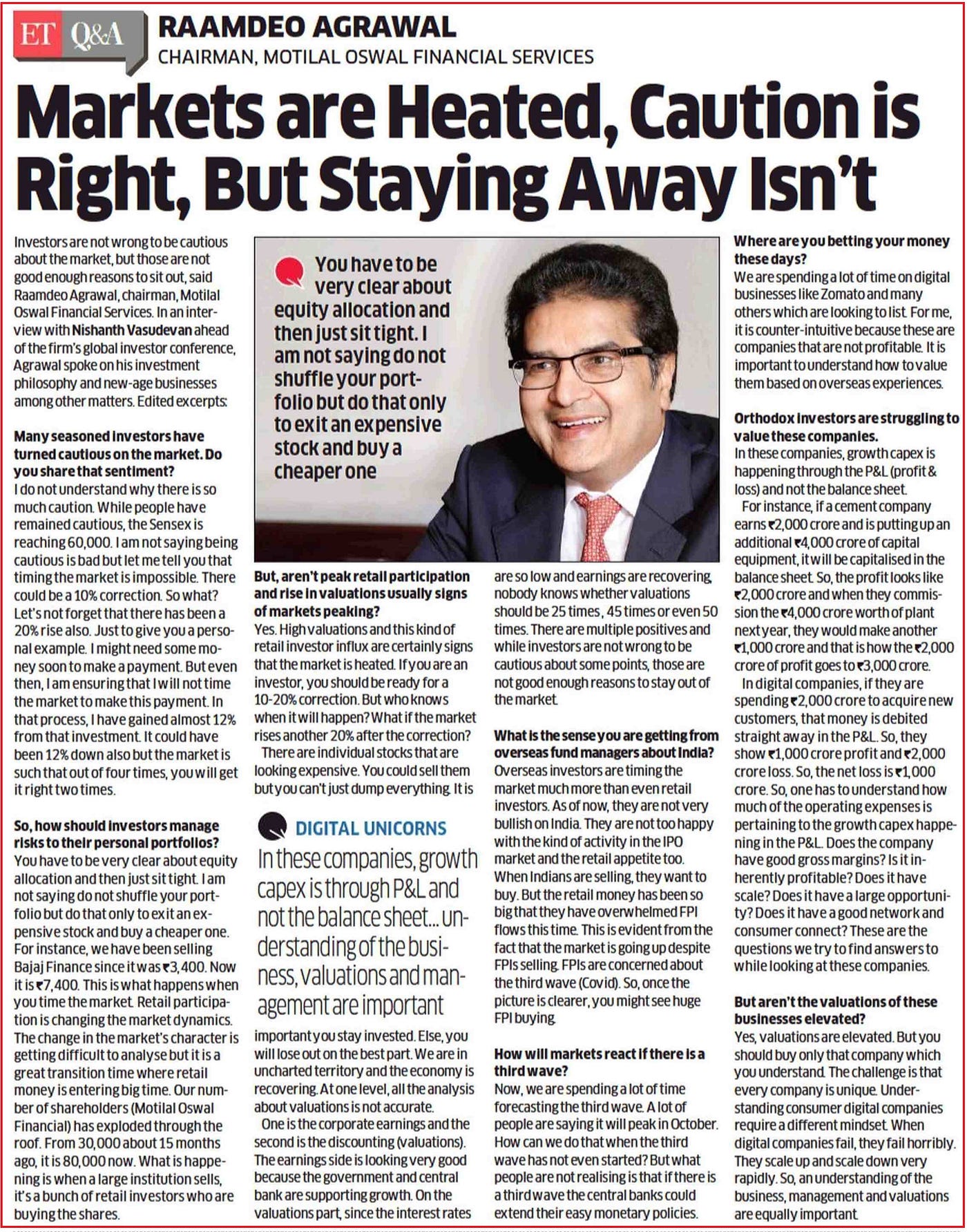What is the fuss?
Stock recommendations are to be found everywhere. In finance journals, newsletters, SMS, Telegram Channels, WhatsApp groups, FinInfluencers on YouTube or Twitter (now X). But how do you use them? Are all stock recommendations to be ignored and escaped from?
The stock recommendation is a grey area. Some investors like to share their experiences and make stock recommendations to help other investors learn from their knowledge. Some people use stock recommendations to scam others and make money.
In this post, I give four examples of stock recommendations I have used to buy stocks. How these stocks turned out over four years, from 2021 to 2023. And share my learnings of using Stock Recommendations to one’s advantage.
Sneak peek -> Not all stock tips are bad, you just need to know which tips to give importance to, and how to use them in your investment journey. Let’s get started.
The Saga of 4 Stocks I Bought from stock-tips
Note: I have used stock tips and stock recommendations interchangeably. They mean the same. I use the word ‘tips’ to make the headings shorter.
As a new investor, I should admit that I relied a lot on stock recommendations. My search for stock tips was not for buying, but to get some stocks to research on. Stock tips helped me narrow my search of researchable stocks, from the universe of 5k+ listed stocks in India. Until I learned how to use stock screener well (a topic for another detailed post).
Over the first year of my investment journey, I bought four stocks from stock tips, and here is their journey.
Stock 1: Tata Elxsi
In 2020, Tata Elxsi was quoted as an emerging design and technology company with expertise in the automobile industry. I bought the recommendation driven by three factors: (a) Trust in the House of Tatas (b) The recent run-up in the price of Tata Elxis, signaling positive momentum (c) Many influencers recommending Tata Elxis.

I bought Tata Elxsi at a price of ~ INR 2,000 in Jan 2021. I sold all my shares in late 2021 when my profits crossed 100%, and the company was trading over INR 4,000. Why did I sell? I sold because a 100% profit within a year was too much for me to handle. I rushed to book profits. I thought the stock market was euphoric, and I should convert my profits into cash.
Looking back, the stock recommendation was solid. However, I misunderstood the re-rating cycle of a fundamentally strong company. Tata Elxis’ stock price rose to INR 10,760 (250% more than my sell price), before stabilizing at around INR 9,000 (225% more than my sell price) in Dec 2023.
Stock 2: Astrazeneca Pharma
AstraZeneca Pharma came out with one of the first COVID-19 vaccines available in India -> Covishield. There were positive stock recommendations around this company’s stock. As soon as Covishield was approved in India in Jan 2021, I bought the stock at around INR 3,800.
My reason for buying, apart from positive buy recommendations in the media, was the expectation that approval of the vaccine would drive up the sales of the company in the coming quarters, leading to the stock price increase.
However, the stock price of AstraZeneca kept on going down in the remaining 2021. I sold all my shares in December 2021, at INR 3,100 price, at a loss of INR 700 per share. I wanted to cut my losses. I did not understand why the price was going down. It was just counterintuitive to me at that time. I moved on.
Two years later, AstraZeneca’s stock price is trading at INR 4,600 in Dec 2023, around 50% higher than my sell price. Since I do not yet understand the pharma cycle and future growth levers of this company, I am not buying again.
Stock 3: Gujarat Gas
Gujarat gas was the fastest buy I had done after looking at a stock tip. I looked at a YouTube video, that recommended buying Gujarat Gas stock. I looked at the historical price movement of Gujarat Gas and saw that its price has more or less gone up in the last 10 years. Gujarat Gas has a strong moat, of having long-term contracts to provide Natural Gas, CNG, and PNG in certain states of India. This was enough to convince me, and I pressed the buy button the very next day.

I bought Gujarat Gas in early 2021 at around INR 450/-. It went up to INR 780 and then started declining in late 2021. There were news articles explaining why the price of Gujarat gas is going down. On reading them, I realized that the pain in this stock would last longer. Hence I decided to book my profits and stay on the sideline. I sold all my shares at INR 600, at a profit of around 33%.
As of date, Gujarat Gas is trading at INR 450 in Dec 2023. I have over time become very selective in buying government-owned, or government subsidiary companies.
Stock 4: Hindustan Aeronautics Limited
Hindustan Aeronautics (HAL) is a defense equipment manufacturer. It specializes in helicopters and air defense equipment. The government’s push to become self-dependent (Atma-Nirbhar Bharat), drove up the order book of indigenous manufacturing companies such as HAL. The stock recommendations for Indian domestic defense companies started flooding the media, and I bought one of the prominent recommendations, HAL.

I bought HAL in early 2020, for INR 610. Since then, HAL’s stock price has quadrupled to INR 2,800 as of Dec 2023. I am still holding this stock in my portfolio, looking for a reasonable valuation to increase my investment in HAL.
Takeaways from my saga of buying stocks from tips
As you would have seen, buying stocks from recommendations is a hit or a miss. Here are my five key takeaways.
Takeaway 1: Do your Research
Any stock recommendation should be followed by your research. Your research builds confidence in buying the stock or choosing to not invest. It helps you track the stock over time, and understand the price movements.

Takeaway 2: Use Stock Tips as leads, not to make decisions
If you do not have enough stock ideas to research and invest, stock tips can be used to get some ideas that others have found investment-worthy. Stock tips should be used just as leads, which needs working. You can’t buy only based on a tip. You have to work on it, research, make up your mind, decide on the buy price, and holding period, set realistic returns expectations, and so on.

Takeaway 3: Use stock recommendations to complement your research
What if you have done your research, like the stock, but its price is still going down? You might not feel confident enough to go ahead and buy the stock.
Here is where stock recommendations help to complement your research. Investment veterans and influencers give stock tips, and their logic behind buying the stock. Reading or listening to this can compliment your research, and help you take the buy or hold call.
Takeaway 4: There are good sources & bad sources of stock tips
Some good sources of stock recommendations are research papers and blogs, which back their recommendation with research. Other sources are interviews of SEBI-registered investment advisors and fund managers. A third can be a fin-influencer, who gives complete and in-depth reasons to buy a stock. This includes a fundamental analysis of the company, the company’s business, and future growth levers, and balanced positives and risks associated with the company and the related industry at large.
Some good sources I use are research articles on Moneycontrol, Fund Manager interviews on the Economic Times, and Investment Forums such as ValuePickr. Some influencers I follow to get complimentary info on a stock or an industry sector are Groww, SOIC, Rachna Ranade, and Shankar Nath, Vishal Khandelwal.

Some not-so-good sources of stock recommendations are private Telegram groups, or SMS senders or callers, who ask for money after giving one or two stock tips. These are people whom you don’t know, they don’t put a face to their account, they interact with you from the shadows, and just give a one to two-line stock recommendation without sharing any research and buy/sell reasons.
Takeaway 5: Investing 101 remains the same
The basics of investing remain as is.
Look for a fundamentally strong company, that is growing profits and free cash flow at a reasonable pace, is available at fair or discounted valuations, and has a strong moat and future growth strategy in place.
The basics of investing do not change. Any stock recommended to you needs to pass the filters of Investing 101. Only if they pass, and fulfill your criteria of being investment worthy, then, an investment can be considered.
4 Signs to Identify Bad Stock Tips
Sign 1: No research-backed explanation
Stock recommendation just says buy this stock, at a particular price. That is it. Nothing else.
If the person or entity recommending a stock cannot back it up with pros and cons, fundamental and technical analysis, then it is more likely to be a shot in the dark. I would stay away.
Sign 2: Always recommend a stock in trend
It is easy to recommend a stock that is showing positive momentum and going up in price. If a source always recommends an upward-moving stock, I would usually be wary of this source.
A good stock recommendation is to buy when the market is not valuing the stock as it should be. As is commonly said, “In the short term, a stock market is a voting machine, and in the long term, it is a weighing machine“.
A reliable source, will at times, recommend a stock that is out of favor in the market but has good potential of bouncing back. Stock price often lags behind good performance shown by the companies.
Sign 3: Pushing you, either to buy or to pay to subscribe
A good source for stock recommendation will leave the action to the user. Whether to buy or not. Whether to pay to subscribe to the stock recommendation service, or not. If the source is being pushy, and creating urgency such as telling you to buy stock now or else you will regret it later, then I would stay away.
The stock market is a game of patience. A person or entity who shows a lack of it, cannot be an experienced stock market participant.
Sign 4: Operates in a shady manner, from behind the scenes
Usually, stock recommendation scams are run from behind the scenes. The perpetrator does not reveal his/her name, mobile number, or face. An unknown WhatsApp, SMS, or call, means the same.
If the source believes in the stock recommendation and follows it himself, the source will often come out to the public. Operating always from behind the scenes sounds shady.
Parting Thoughts
One might need stock recommendations at different stages of the wealth creation journey.
Newbies need stock recommendations to get started and have some stocks to research, track, and learn.
Experienced investors also look at stock recommendations to evaluate how other investors and fund houses are thinking about a stock or an industry.
A person with a financial goal might be looking for a recommendation for the short or long term, to meet his goal/s.
Or, like me, I just look at recommendations to vet my research, and complement it with others’.
I would recommend trying many recommendation sources. But over time limit to having 4 or 5 maximum sources to refer to. The ones you trust, who have delivered over time, and those who increase your investment & research knowledge, and not just give tips. Most of the genuine and trusted recommendation sources are free, as they rely on sharing one’s knowledge acquired via experience.
Greed and fear rule the stock market, and so does the market of stock recommendations. The wise investor knows patience and follows an investment framework with discipline. Be a wise investor. Opinions never made a person wealthy. Using opinions to better your decision-making process does help though.
Have you bought a stock based on a stock recommendation? Which stock is it? How did it perform?




